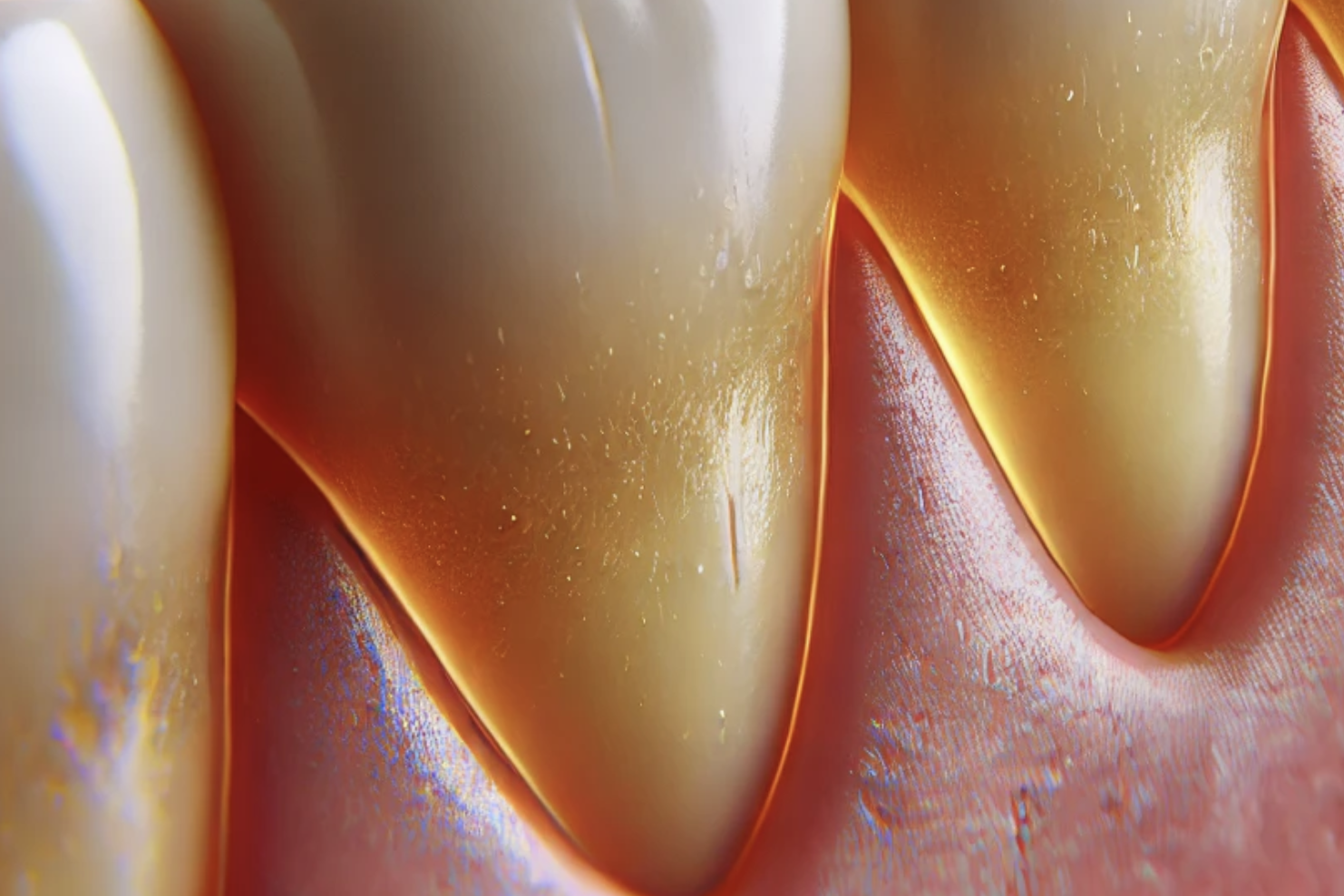How to Remove Plaque and Restore Teeth Whiteness?

A radiant white smile and fresh breath are goals many people strive for, but dental plaque can be a major obstacle to achieving optimal oral health. While it doesn’t always cause immediate discomfort, removing plaque regularly is crucial to prevent tooth decay, gingivitis, and a range of other dental problems.
What Is Dental Plaque and How Does It Form?
Dental plaque is a film composed of bacteria, food debris, and elements of saliva that gradually accumulate on the tooth enamel. In its initial stage, this buildup is soft and can be easily eliminated with consistent oral hygiene practices. However, if neglected, plaque hardens and transforms into tartar, a dense deposit that requires professional dental cleaning for removal.
There are two types of plaque:
- Supragingival plaque – located on the visible part of the tooth, usually appearing yellow or grayish.
- Subgingival plaque – hidden beneath the gums, it can penetrate deep into periodontal pockets and pose a greater threat to gum health.
Main Causes of Dental Plaque:
- Poor oral hygiene.
- Excessive consumption of sugary and staining foods.
- Reduced saliva production, leading to insufficient natural cleansing of enamel.
- Bad habits (smoking, alcohol).
- Digestive disorders and metabolic issues.
The Dangers of Dental Plaque
If plaque is not removed in time, it can lead to:
- The formation of tartar.
- Gum inflammation.
- Persistent bad breath.
- Enamel damage and cavities.
- Digestive problems due to bacteria entering the gastrointestinal tract.
Professional Dental Plaque Removal
For hardened plaque and tartar, a dentist may recommend one of the following methods:
- Ultrasonic cleaning – breaks down tartar using ultrasonic waves.
- Laser removal – a painless technique that evaporates moisture from deposits.
- Manual scaling – performed with specialized dental instruments.
- Air-Flow (sandblasting cleaning) – a combination of water, air, and abrasive powder to effectively remove soft deposits and pigmentation.
- Chemical cleaning – special gels break down plaque, making it easy to rinse away.
How to Prevent Dental Plaque Formation?
- Maintain a consistent oral hygiene routine.
- Visit a dentist at least twice a year for check-ups and professional cleanings.
- Limit the intake of sweets, coffee, and carbonated drinks.
- Incorporate foods that strengthen enamel (dairy products, nuts, vegetables).
- Avoid smoking and alcohol consumption.
By following these preventive measures, you can keep your teeth clean, your breath fresh, and your smile bright for years to come!




